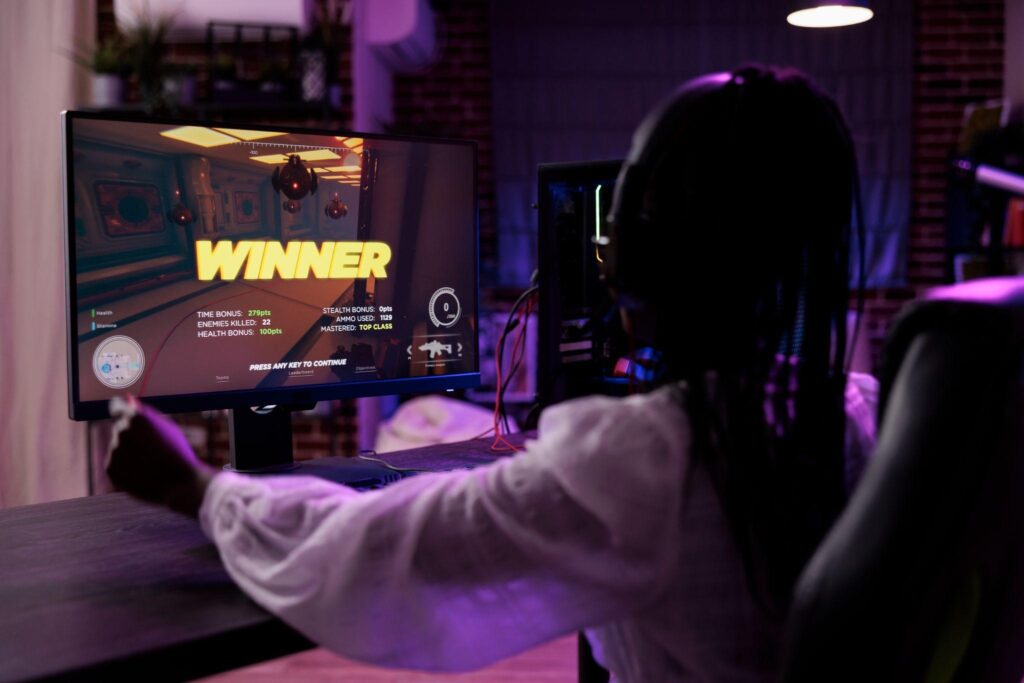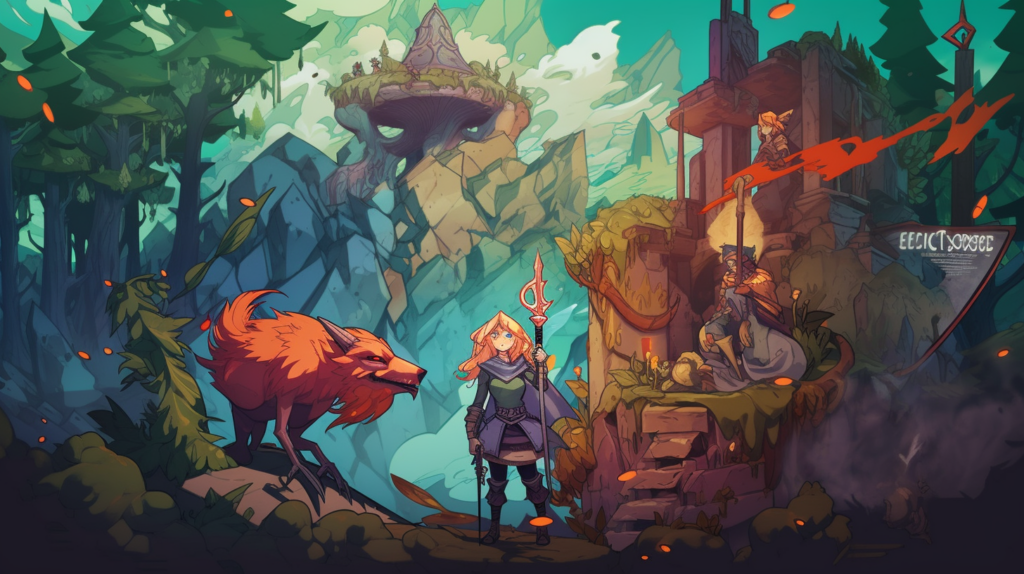From Beginner to Pro: Essential Game Design Principles to Level Up Your Moddio Creations

Every beginner game developer learns some basic design principles before becoming a pro. Therefore, we have created a list of the most essential game design principles that you need to know to level up your Moddio creations. By mastering these principles, your game can stand out from the crowd and attract players from across the globe. Whether you build games on Moddio or not, these principles will remain pivotal to your overall success.
What is Moddio? Moddio is a unique game creation platform that allows players to build, share, and play their own games. With Moddio, you can create a wide variety of games, including action games, puzzle games, sports games, and much more. All games created on Moddio come with multiplayer included, and the coding is handled through a drag-and-drop system, making it easy to use. With an engine like Moddio, all you need are these game design basics to jumpstart your game development journey.
Table of Contents
Game Design Basic
Core Game Mechanics
To begin, it’s best to cover the core mechanics. In game development, core mechanics refer to the basic rules and actions that occur within a game. For example, in a shooting game, aiming and shooting would be core mechanics. Racing games would have driving and steering, platformers would have walking and jumping, and so on. When designing your game, it is important to keep these core mechanics in mind.
Game Balance
When designing game mechanics, it is important to consider game balance. Game balance refers to the overall fairness of the game, particularly in multiplayer environments where it is important to ensure that no player has an unfair advantage over others. A well-balanced game can keep players engaged and prevent them from feeling frustrated. While feedback and playtesting will be critical down the line, it is important to keep game balance in mind even in the early stages of game development.
UI // UX
When a player is presented with a game, developers need to consider how the player perceives the game world. This is known as the User Interface (UI) or User Experience (UX) in the game industry. A well-designed UI or UX can improve player engagement and retention, as these two terms cover all the visual aspects of a game. Best practices for UI and UX include keeping your design simple, using appropriate colors and fonts, and ensuring clear and concise language within your game.
Storytelling and world building
The narrative and setting within a game are known as storytelling and world building. Creating an engaging story and world can increase immersion, and even IO games can benefit from some storytelling love. Building interesting characters, planting plot messages, and allowing players to affect the story can help construct an engaging world for your players. The more invested they become, the more likely they are to return to your game in future updates.
Advanced Game Design Concepts
Level Design
Level design encompasses more than just creating an interesting map for players. Engaging level design involves considering player routes, item placement, and relevant locations within the game. Advanced developers make each map meaningful by placing a variety of obstacles and enemies to manage the pacing of their game.
Player Progression and Reward systems
Progression and reward systems are designed to give players a sense of achievement and progress in your game. These systems can keep players engaged and motivated, and Moddio‘s save system can help persist games that rely on returning players seeking to unlock new abilities, weapons, or experience points within the game. Experimenting with player progression and reward strategies is vital to maintaining a healthy gameplay loop.
Moddio is a unique platform because it comes with built-in multiplayer functionality. To maximize engagement through multiplayer features, it’s important that your game caters to multiplayer audiences. In addition to enabling social features, teams, chat, and other options within Moddio, clear instructions, fair matchmaking, and collaboration promotion are also key.
Tips and Tricks to Create Successful Games
Creating a successful game on Moddio requires more than just an understanding of game design principles. Here are some tips and tricks to help you create successful games:
- Use Moddio’s built-in tools effectively: Moddio offers a wide variety of tools to help you create your game. Make sure to take advantage of these tools and reduce your development time.
- Leverage community resources: Moddio has a vibrant community of creators who are always willing to help. Take advantage of community resources such as tutorials, forums, and Discord channels.
- Playtest and gather feedback: Playtesting your game and gathering feedback is essential to improving your game. Ask friends or fellow creators to play your game and provide feedback.
- Continuous improvement and updates: Games on Moddio are continually evolving, and players expect regular updates and improvements. Make sure to listen to player feedback and make changes to improve your game.
Creating a successful game on Moddio requires an understanding of game design principles and effective use of Moddio‘s tools and resources. Whether you are a beginner or an experienced game designer, following these essential game design principles can help you improve your Moddio creations. Don’t be afraid to experiment, playtest, and gather feedback. With dedication and hard work, you can create engaging and successful games on Moddio. Good luck!



